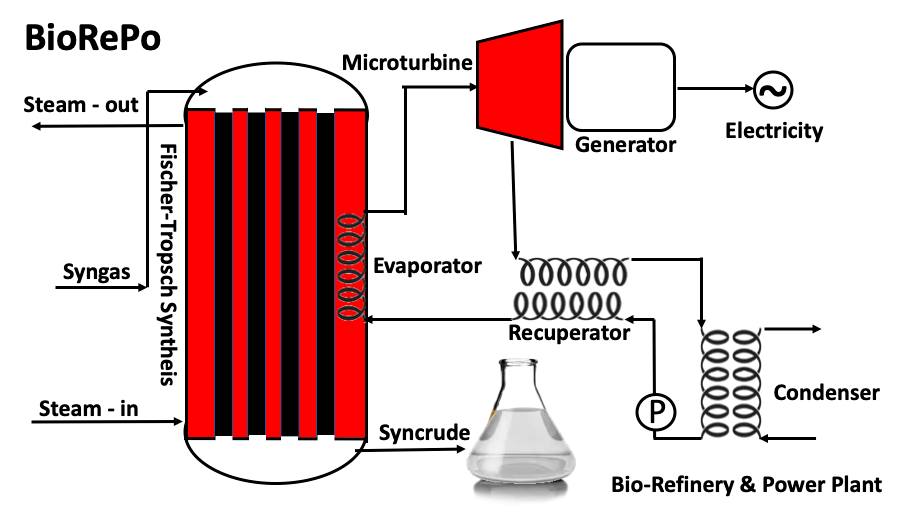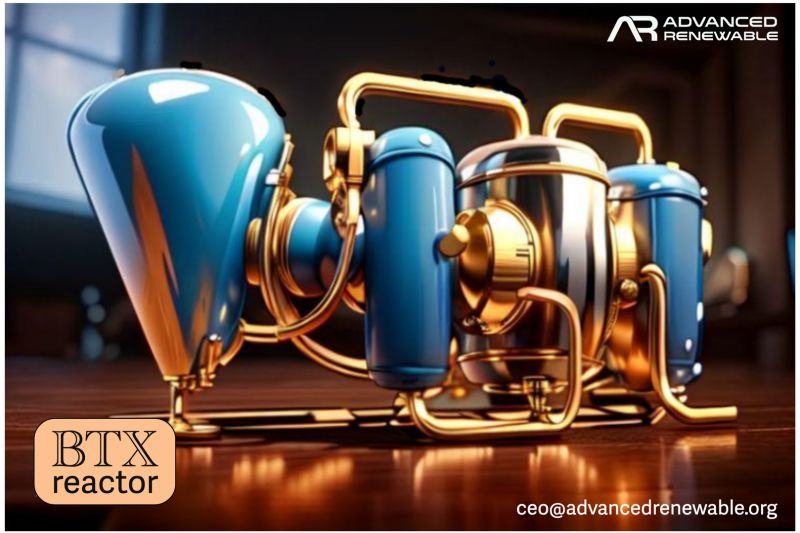Regenerative Energy Building Blocks
Advanced Renewable
Wed , 06 Mar 2024 21:30 WIB

Like a building, if we can produce good bricks - then we will be able to build any building we want. Likewise with the Regenerative Energy concept that we are promoting, if we can produce good energy building blocks - then we can produce Regenerative Energy in any form.
The building blocks of Regenerative Energy are essentially three elements, namely C, H and O. However, for ease of production and handling, they are made in the form of two molecules, namely CO and H2, a combination of the two which is called synthetic gas or syngas. How to produce both?
Both can be produced from fossils in the form of petroleum, coal and most commonly from natural gas, but because these fossils are not sustainable - we can produce them sustainably from any flue gas. Generally, this exhaust gas contains around 95% CO2, so this CO2 is what we can use to produce these Regenerative Energy building blocks.
By doing this, we can get two benefits at once - firstly, CO2 emissions problems will be resolved, and secondly we will get endless energy raw materials. CO2 itself can be electrolyzed into C and O2, but this requires expensive energy so we chose another route.
The pathway we chose is to react CO2 with C through a reaction called the Bourdouard reaction, CO2+C==>2CO. We can see from just this one reaction that CO2, which was originally a burden to be disposed of, turns into an asset in the form of one of the two Regenerative Energy building blocks molecules mentioned above. How to obtain another molecule, namely H2?
The H2 molecule can be obtained through a reaction called the Water Gas reaction, C + H2O ==> CO + H2. If pure H2 is desired, the CO can also be converted into more H2 using the Water Gas Shift reaction, CO + H2O ==> H2 + CO2. The latter (CO2) is then recaptured, back into raw material for subsequent CO and H2 production. And so on, the production process of Regenerative Energy building blocks will take place in a sustainable manner, continuously.
Of course, this requires input for the energy needed in the process and as a reactant in the three reactions, this input is C and H2O. The C can be obtained from local biomass, requiring C around 27% of the weight of the CO2 processed. Meanwhile, H2O is always present in any part of the world, so this Regenerative Energy can be produced in any part of the world as long as there are three resources needed, namely CO2, C from biomass and water!
We have simplified the process itself in a compact reactor arrangement, the size of a 20 ft container, which can process up to 2 tonnes of CO2 per hour. It can now be ordered and we are looking for partners for mass production throughout the world, so that Clean and Affordable Energy - SDGs number 7 can be achieved before SDGs year of 2030.
Pos Lainnya
Piala Dunia di Pulau Nusa
Mar 06, 2024
BTX Reactor for Advanced Biofuels
Mar 06, 2024
Back To The Future Fuels
Mar 06, 2024
Bila Gas Juga Tidak Lagi Ada
Mar 06, 2024
Energi Jaman Perang
Mar 06, 2024
Kategori
Renewable Energy






Silakan mendaftar terlebih dahulu!
Untuk memposting komentar baru. Anda harus login terlebih dahulu. Masuk
Komentar
Tidak ada komentar